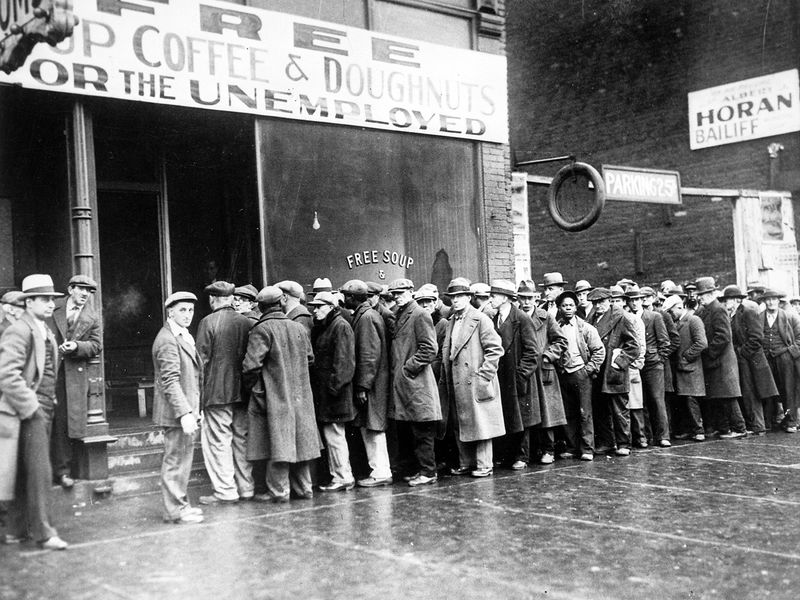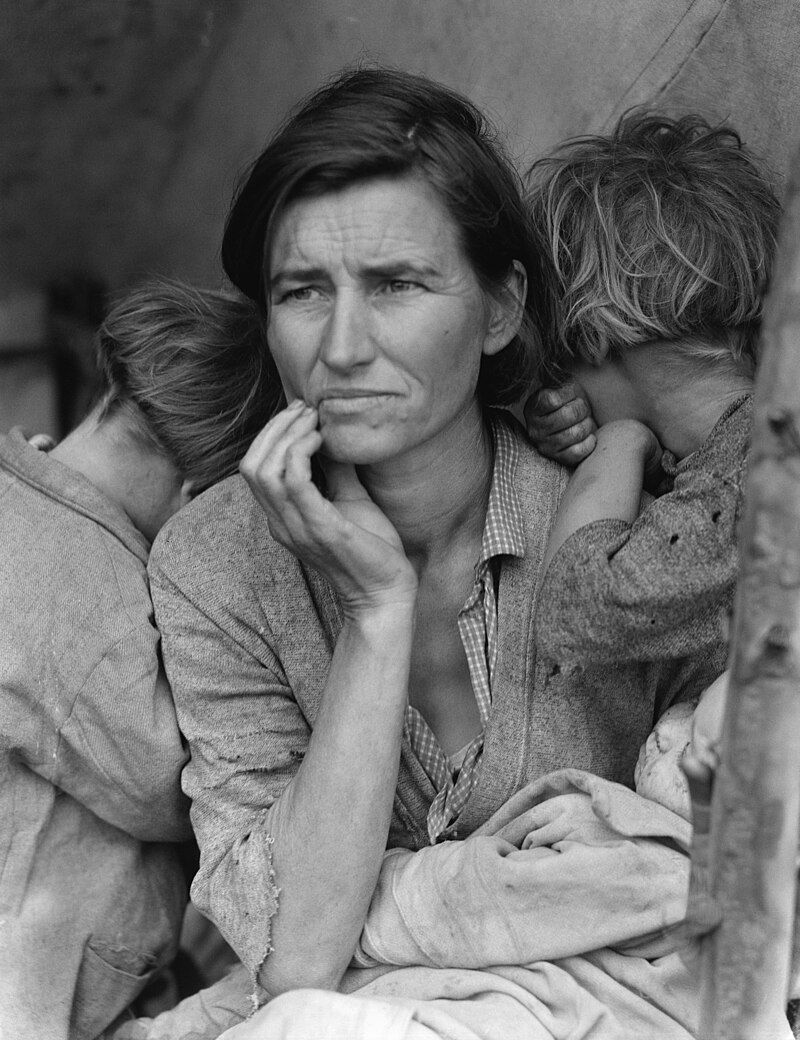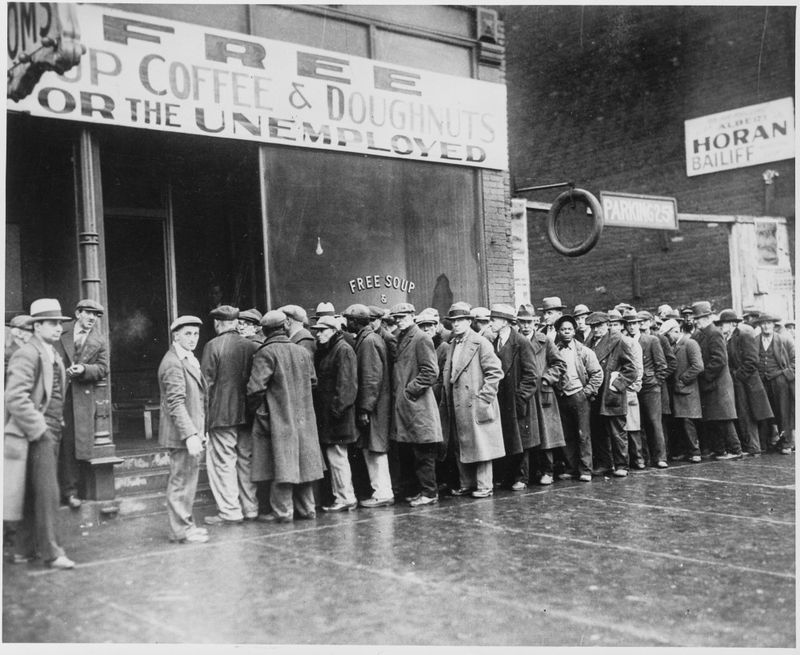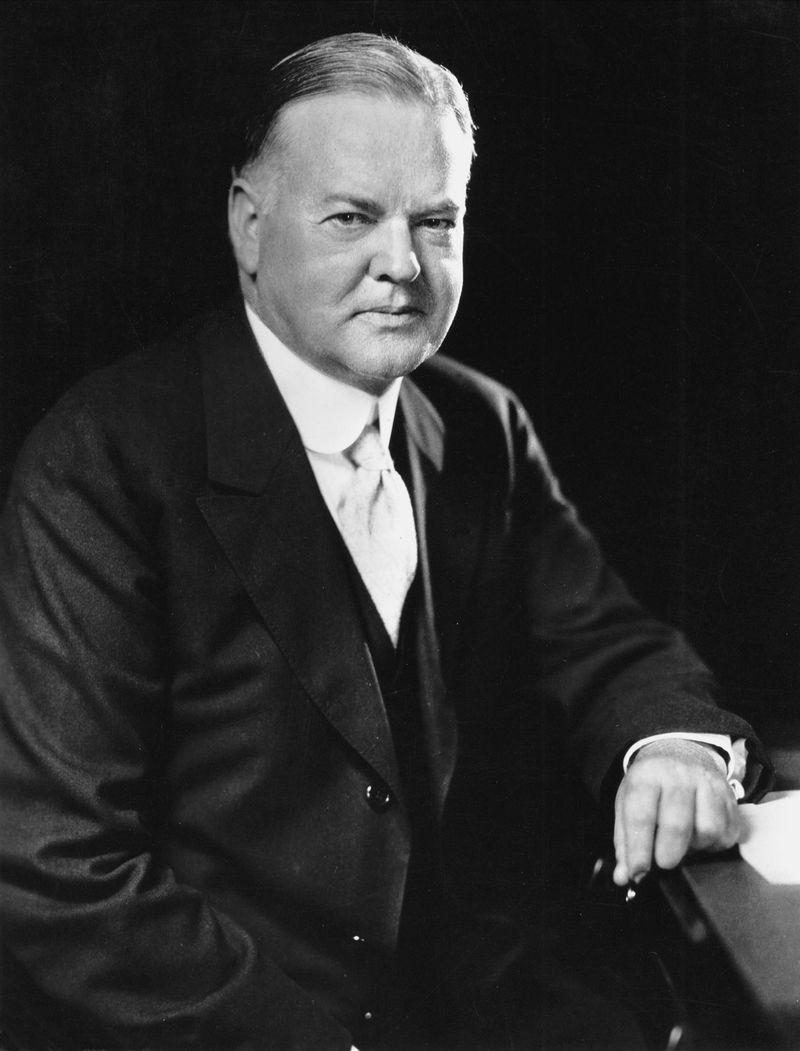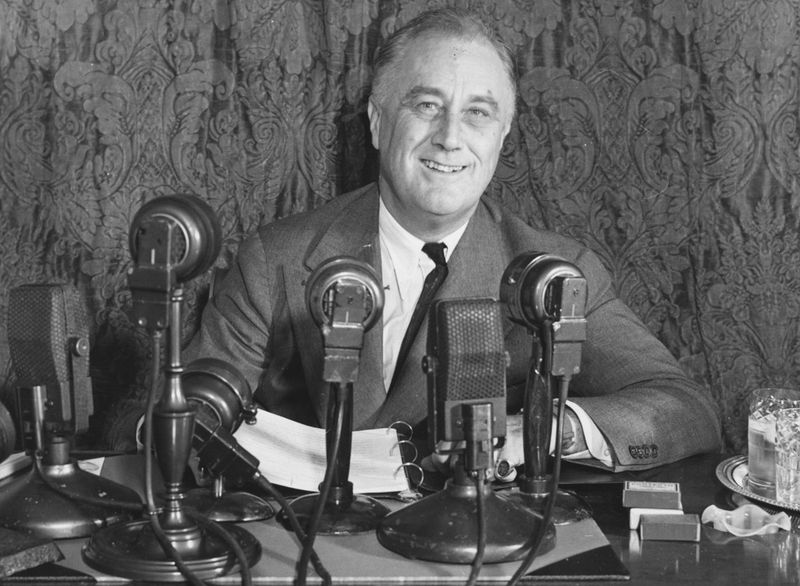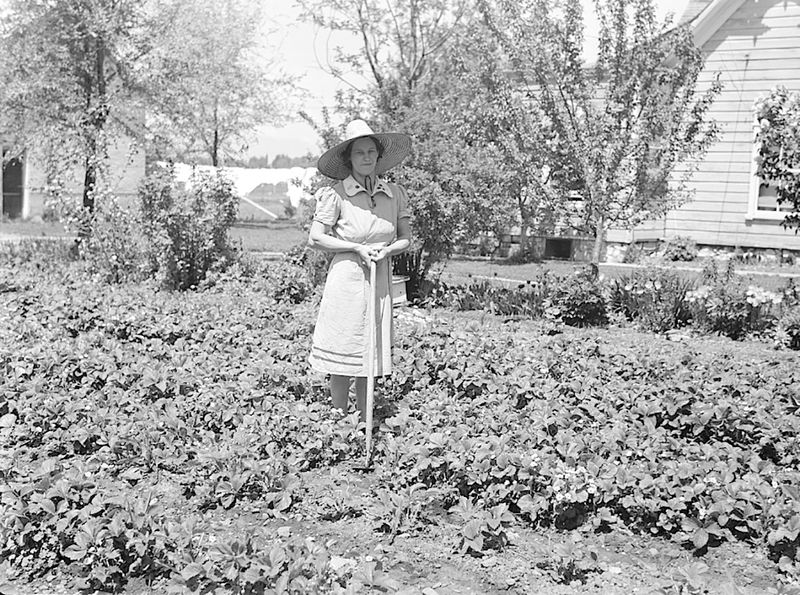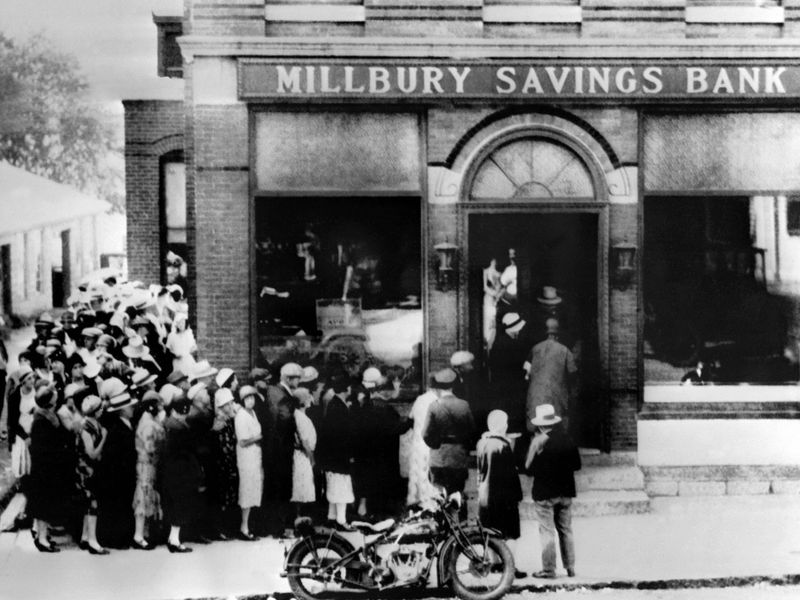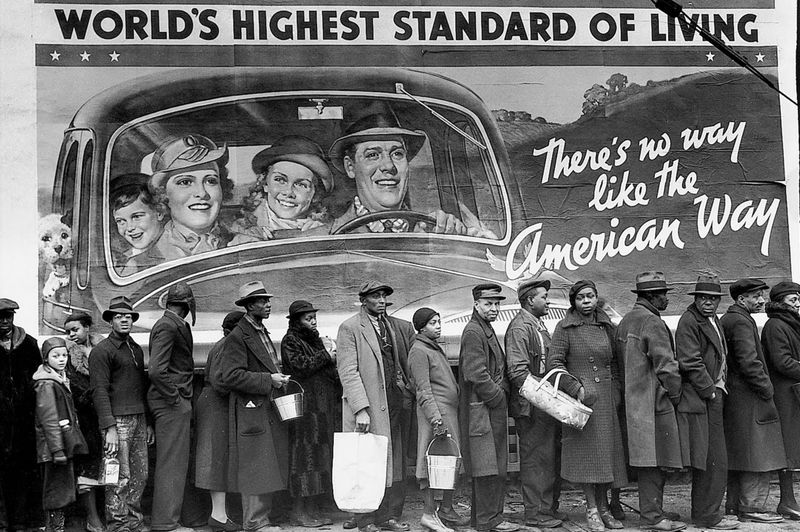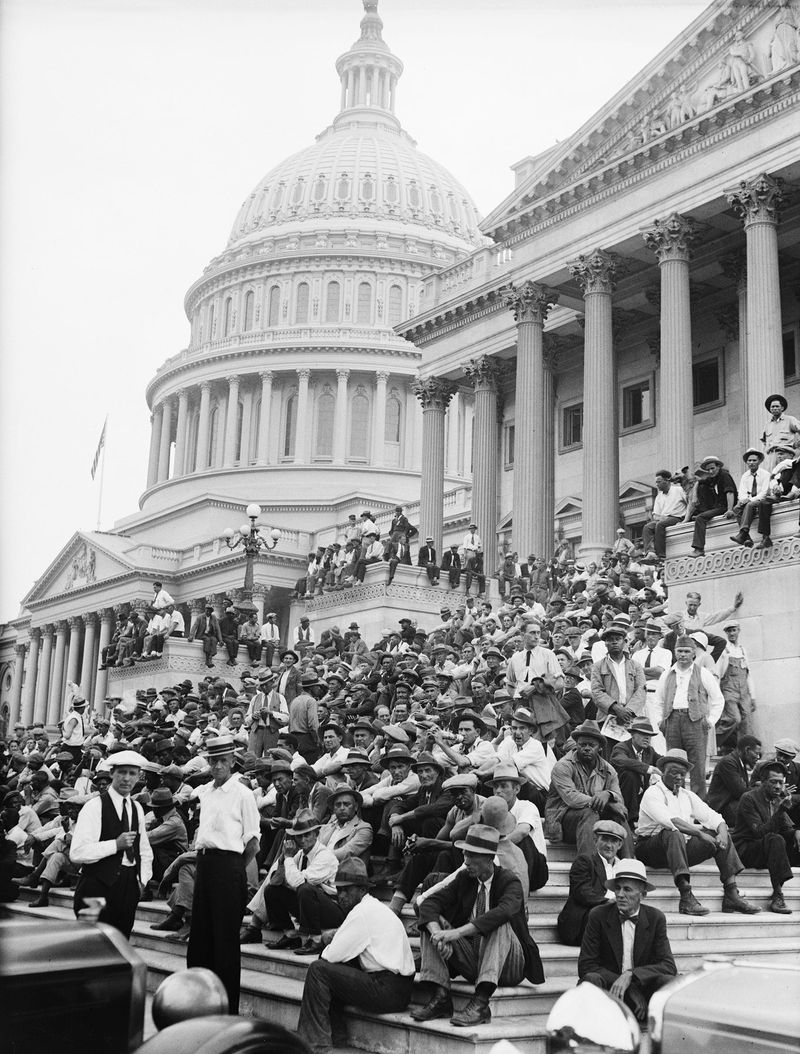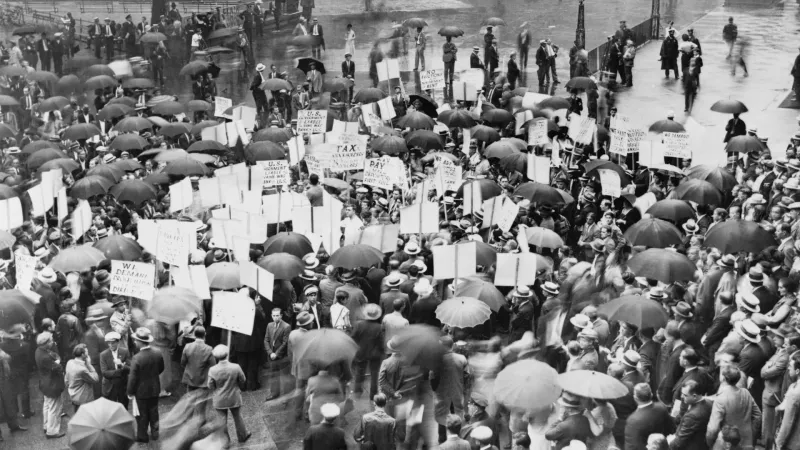The Great Depression is often shrouded in misconceptions and myths. While many believe certain narratives about this tumultuous period, the truth is often more nuanced. In this blog post, we’ll explore ten common misconceptions about the Great Depression that are widely accepted but misleading. We’ll uncover the realities behind these myths and provide a clearer understanding of this critical time in history.
Stock Market Crash Started the Depression
Many believe the 1929 Stock Market Crash started the Great Depression. While it was a significant event, it wasn’t the sole cause. The economy had underlying weaknesses like high consumer debt and declining industrial production. These issues, alongside the crash, spiralled into the Depression. It’s crucial to understand this distinction. The crash was a trigger, not the root cause. Focusing only on the stock market oversimplifies a complex situation. Recognizing the broader economic challenges helps us learn valuable lessons. Understanding these complexities can prevent similar financial crises in the future by addressing systemic issues early.
Everyone Was Poor
It’s a common misconception that everyone was impoverished during the Great Depression. The reality was more nuanced. While unemployment soared and many suffered, some sectors and individuals thrived. Wealth disparity existed as some retained jobs or found new opportunities. Understanding this helps reject broad generalizations and acknowledge the varied experiences of the era. Not everyone faced destitution. This diversity in experiences highlights the resilience and adaptability of many during tough times. Acknowledging these varied stories provides a fuller picture of the era and its socio-economic dynamics.
Breadlines Were Everywhere
The image of breadlines is synonymous with the Great Depression. However, they weren’t as ubiquitous as often portrayed. Large cities saw them, but many rural areas faced different challenges like farm foreclosures and dust storms. Breadlines symbolize urban struggles, yet ignore the rural hardships. Understanding this distinction is crucial to comprehending the full scope of the era. Not everyone was in a breadline; many were fighting different battles. Recognizing these different experiences ensures we don’t overlook the diverse impacts of the Depression across various communities.
Hoover Did Nothing
President Herbert Hoover is often criticized for inaction during the early years of the Depression. Yet, he did implement measures like public works and financial aid to banks. These efforts were substantial, but often seen as too little, too late. Hoover’s approach was cautious, believing in voluntary cooperation. This perspective is crucial to understanding his presidency. While criticized, he wasn’t inactive. He faced unprecedented challenges with limited tools. Recognizing his efforts, despite their limitations, provides a more nuanced view of his administration and the political dynamics of the time.
The New Deal Ended the Depression
The New Deal is often credited with ending the Great Depression. While it provided relief and reforms, it wasn’t a complete solution. The economy’s recovery was slow, with unemployment high until World War II. The New Deal laid groundwork for change, but couldn’t fully revive the economy alone. This misconception oversimplifies a complex recovery process. Acknowledging the limitations of the New Deal helps appreciate its actual contributions. It provided hope and structural reforms, but the eventual economic recovery required broader factors, including global events like the war.
Farmers Thrived During the Depression
Many assume farmers fared well during the Depression due to food demand. In truth, they faced severe hardships. Falling crop prices and droughts devastated livelihoods. The Dust Bowl compounded these struggles, forcing many to abandon farms. This myth overlooks the severe challenges farmers faced. Understanding their plight reveals the widespread impact of the Depression across sectors. Farmers’ resilience amidst adversity is a testament to human strength. It’s crucial to recognize their struggles to appreciate how the Depression influenced agricultural policies and the rural landscape in America.
Banks Were Villains
Banks are often vilified in Depression narratives, seen as greedy institutions. However, many banks suffered alongside the public. Thousands closed due to insolvency, hurting communities reliant on their services. While some engaged in reckless practices, many were victims of larger economic forces. Understanding this complexity allows for a balanced view. Banks were both perpetrators and victims. Recognizing this helps in learning from past mistakes. Ensuring financial institutions operate responsibly while supporting communities remains a key lesson from this era. This nuanced understanding is vital for preventing future crises.
America Wasn’t Affected Globally
There’s a belief that the Great Depression was primarily an American crisis. In reality, it had global repercussions. U.S. economic struggles influenced international markets, causing worldwide downturns. Countries reliant on American trade suffered greatly. This global perspective is essential to appreciate the Depression’s full impact. Recognizing its international scope highlights the interconnectedness of economies. It teaches the importance of international cooperation in addressing financial crises. Understanding this can help in crafting policies that consider global ramifications, fostering a more stable global economy.
City Life Was Better
The belief that urban areas fared better during the Depression overlooks significant challenges cities faced. While some businesses survived, many people found themselves unemployed and homeless. Urban areas saw increased poverty, with shantytowns emerging. This myth ignores the harsh realities many city dwellers faced. Recognizing this ensures we don’t romanticize urban life during the era. Understanding both rural and urban struggles provides a balanced view of the Depression’s impact. It highlights the widespread socio-economic challenges people endured, regardless of where they lived.
The Depression Was a Single Event
The Great Depression is often viewed as a singular event. In fact, it was a prolonged economic downturn with various phases. It started with the 1929 crash and lasted through the 1930s. Multiple recessions and recoveries occurred. This misconception simplifies a complex historical period. Understanding its multifaceted nature helps in grasping its lasting impact on society. Recognizing these nuances allows for a deeper appreciation of the era’s challenges. It emphasizes the need for adaptable policies to address evolving economic conditions, a lesson still relevant today.
